Art should be created for life, not for the museum.
– Jean Nouvel
Imagine a garden where nature’s beauty harmonizes with human creativity. A place where you can explore, contemplate, revel in whimsy or celebrate the tapestry of culture and nature. All of this is possible with thoughtfully selected and placed pieces of art in your garden. Sculpture or sundial, bench or fountain, artwork enriches your outdoor space and invites you to engage in your surroundings in a more meaningful way.
At Mashamba Design, we regularly commission art for our client’s gardens and terraces that elevates their outdoor living experience. Here we speak with our Curator of Outdoor Living, Jennifer Warren-Gash, to get insight into the process of art selection.
It’s easy to get overwhelmed with all the available possibilities. With over a decade of experience, I know how to guide my clients to the piece of art that best matches their stylistic preferences and exterior space, keeping budget and logistics in mind.
For me, the artwork’s intention is the most important factor in determining the type of art and its location. Does the client want the piece to draw the eye to a feature wall? Invite the viewer down a garden path? Or make a grand first impression at their home’s entrance? What feeling do they want the work to evoke? Intrigue, surprise, calm, adventure, whimsy?
Once I understand the intention, aesthetic preference, budget and the location – I can source or commission a spectacular piece that suits my clients perfectly. I make the process easy, managing the entire curation process for them, from selection to installation.
Corten steel sculpture by Joan Costa
I love art that serves both form and function.
A great example is a bench from the Soul Sculpture Collection by Spanish artist Veronica Mar. It’s more than just a beautiful work of art or a piece of furniture. For me, its spiral shape evokes a feeling of energy. I love to place the bench at the end of a pathway, where it beckons you into the garden and offers you a place to sit and reflect. And the bench is versatile – it can be used in a garden, courtyard or terrace and comes in a variety of materials.
Plant pots can also serve as art pieces that are both sculptural and functional. I love working with the artisans at Atelier Vierkant in Belgium. Each clay pot is made by hand, slowly and meticulously using traditional techniques. No two pieces are alike and the artisan who crafts the pot carves their initials inside the pot.
Planted with structural plants like a Cycad revuelta (sago palm) and Agave attenuata (foxtail agave) they create an eye-catching focal point. To create a lush garden feel, I plant them with the large-leafed Strelitzia augusta (bird of paradise).
Wooden bench by Veronica Mar
Free standing sculptures – large or small – work great on city terraces. When terrace space is limited, I like to take advantage of walls to create focal points without sacrificing precious square meters.
For projects that require an organic look and feel, I like to commission large raku pottery panels that are hung on the wall. The ancient Japanese glazing technique creates interesting textures and depth, and the colour palette can be customized the fit the location. The result is something unexpected – much like a painted canvas – but is completely suitable for outdoor use.
Another option is custom laser cut art panels made from durable, powder-coated aluminium. They look fabulous on an empty wall and clients can choose patterns ranging from a classic botanical to geometric designs. I also use them as an elegant solution for the plights of city living. The panels act as a great privacy screen from neighbours and help hide eyesores such as air conditioners and carparks.
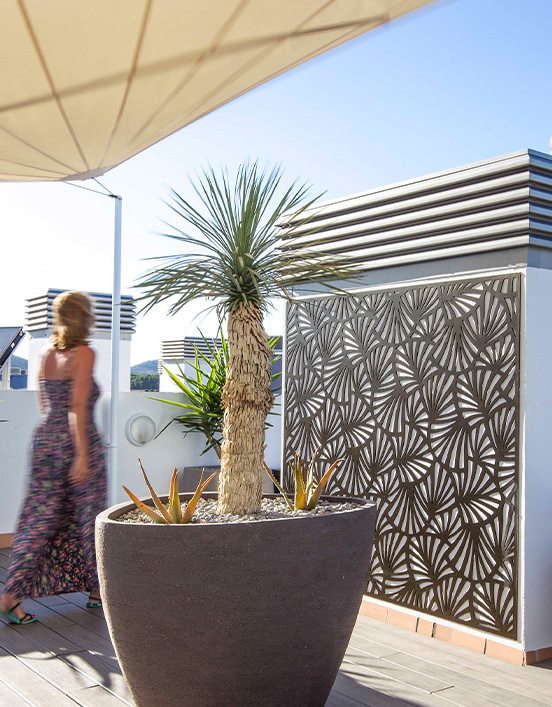
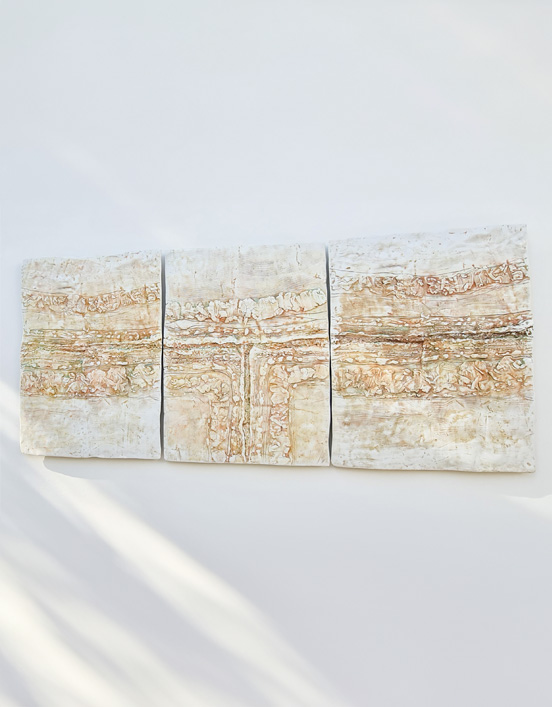

I recommend both stainless and weathered corten steel, bronze, stone, ceramic and some types of wood. The material needs to withstand the Mediterranean’s extreme sun, wind, rain and temperature fluctuations, and time has taught me these are the most durable materials for art and sculptures.
Bronze armillary sundial
Many clients are interested in owning a piece of local art that’s inspired by the island. Most famous is probably Joan Bennàssar, a painter and sculptor who was born here in Mallorca. His large, primitive sculptures can be seen all over the island, including his famous Puertos de Alga Marina, found on the Can Picafort coastline.
For a more modern aesthetic, I love working with Joan Costa, another Mallorcan sculpture artist. He works mostly with natural stone and corten steel and his works have been featured around Palma, including at the city hall, Passeig del Born, hotels and clinics.
Puertos de Alga Marina by Joan Bennàsar
There are many factors to consider in the price of garden art such as the artist, material, size, logistics and installation. A budget of 15,000 to 45,000 euros is realistic for a garden sculpture that will make an impact in your outdoor space.
Here are examples of limited edition, cast bronze sculptures ranging from 10,000 to 16,500 euros:
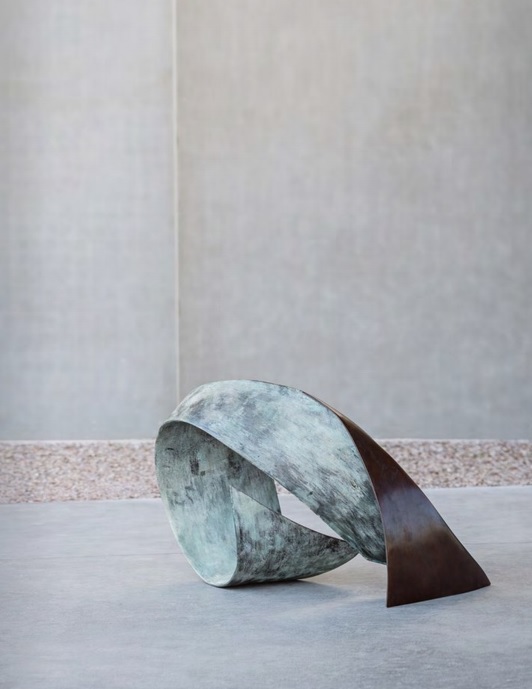

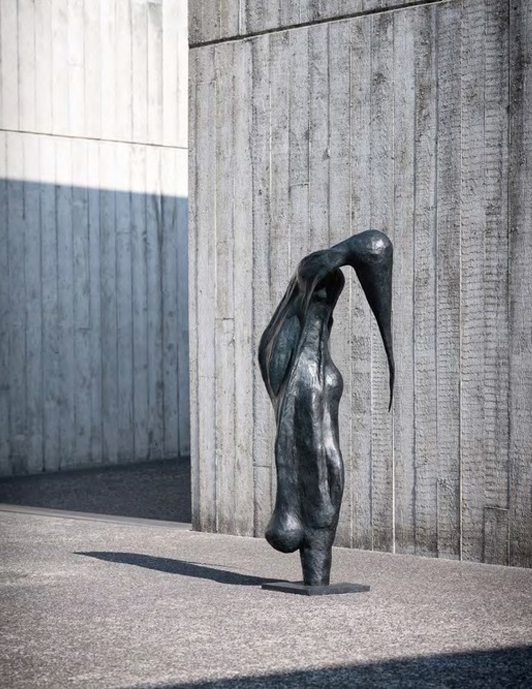
Are you interested in creating a vibrant, meaningful and engaging outdoor space by adding art to your garden? Our curated collection of garden art offers a diverse range of artistic expressions that complement any outdoor setting. Let us inspire you and elevate your space, fusing artistry and the great outdoors.
Let’s Work Together:
Contact us to find out how a Mashamba garden can transform your outdoor spaces and life.
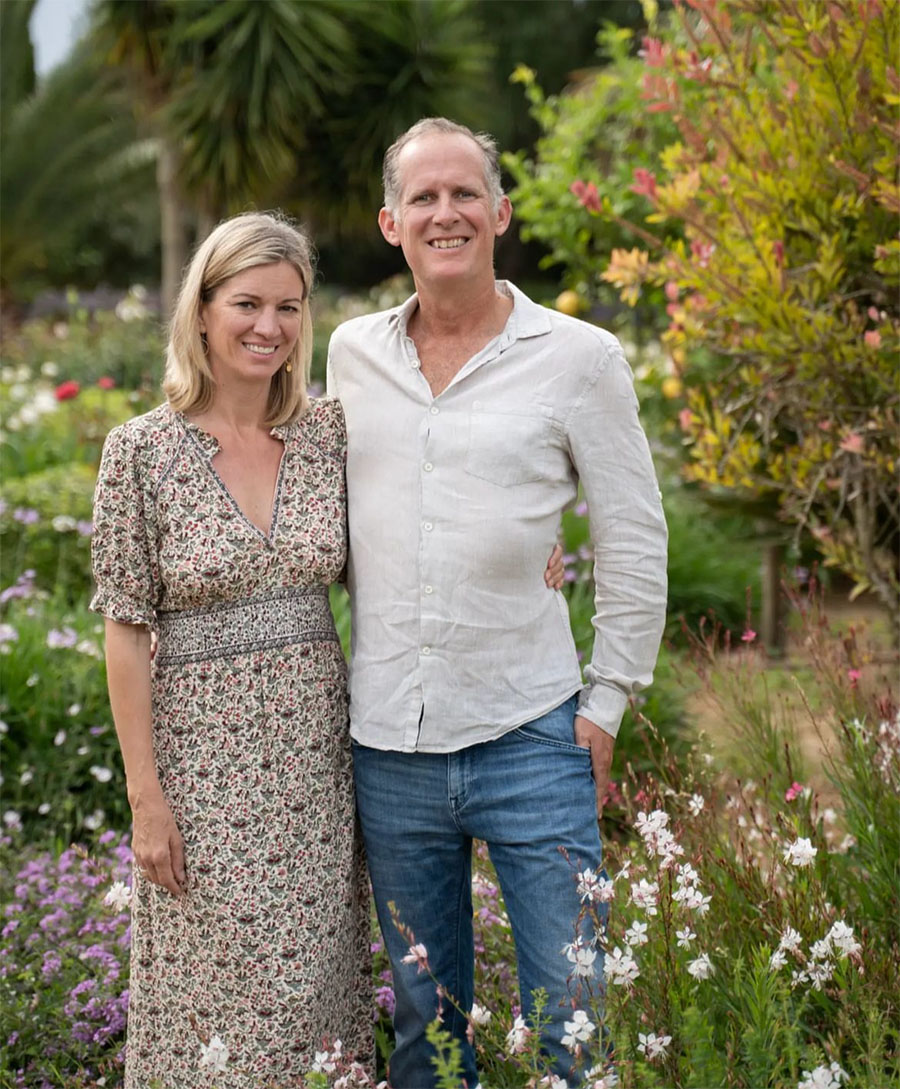
Written by Meridith More
Photos credit to Alexander Warren-Gash, Nuria Vila, Veronica Mar, GardDeco, Joan Bennàssar and Joan Costa.